

Husband Cyrus Leroy Baldridge
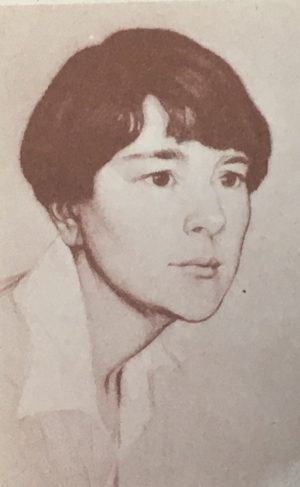 Caroline Singer (April 6, 1888 – March 31, 1963)
was a writer and a member of the Heterodoxy Club.
Caroline Singer (April 6, 1888 – March 31, 1963)
was a writer and a member of the Heterodoxy Club.
She was born in Colfax, Wash., and lived much of her early life in San Francisco. At 18, she was working on newspapers as a reporter; for some years she had a daily signed column. In World War I she was sent by the Red Cross to France to do publicity work and she later wrote a history of the Red Cross in France.
She married the artist Cyrus Leroy Baldridge in 1921. They had met in Paris in 1919. They built a house in Harmon-on- Hudson , New York.
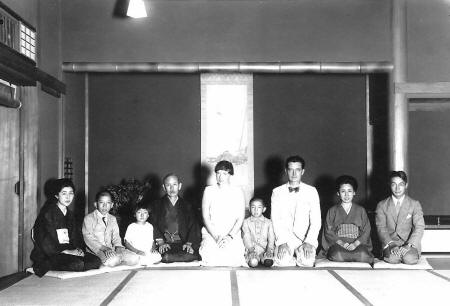
Caroline Singer and Cyrus Baldridge in Japan around 1923
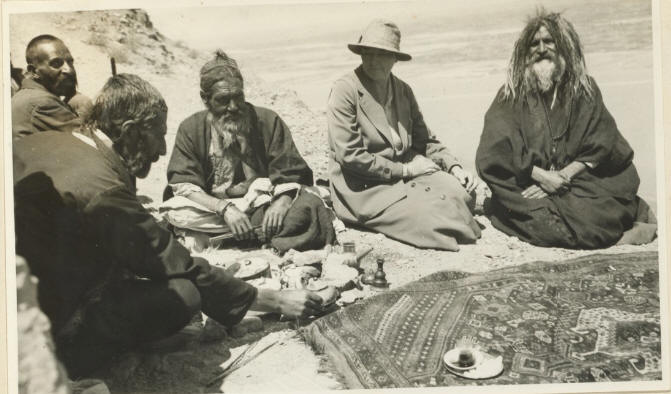
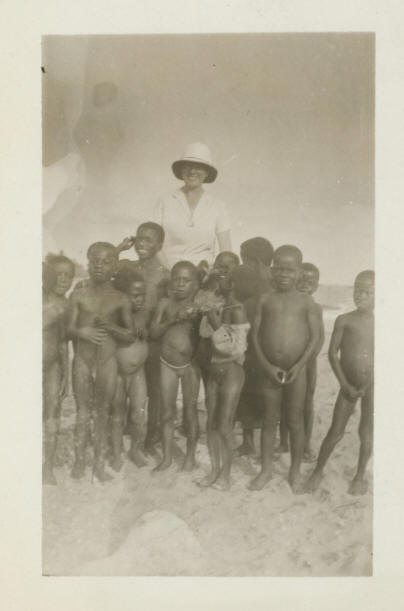
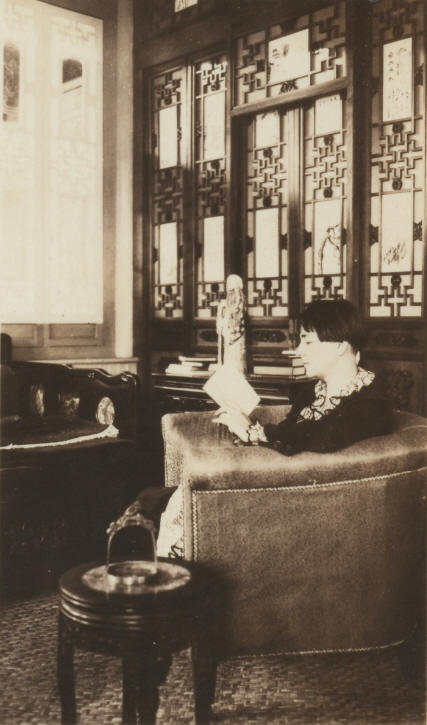
She did freelance writing and reporting after her marriage while Baldridge did commercial art. The couple spent 1924 in China and Japan and wrote a joint book, Turn To The East. In 1927, they spent a year in West Africa and Abyssinia, and wrote a book White Africans and Black. A year in Persia in 1932 produced a book, Half the World Is Isfahan.
Singer's articles appeared in top-quality magazines for many years, and she also wrote a number of childrens books.
In New York she was an officer of the Womens International League for Peace and Freedom; throughout her life she was greatly interested in world peace. All her books had the fundamental thesis of the need for understanding among peoples of different cultures and colors. She was also a member of the League of Women Voters.
The Baldridges lived in Santa Fe since 1952. There they lived simply in a small adobe house among like-minded free-spirits. The plan of the couple had been for Caroline to write while Cyrus painted during their years of "retirement", but from the time they arrived in New Mexico she suffered from a block to the great abilities that made her so successful in New York. She wrote hardly anything and completed nothing. Later it was speculated that she had begun a series of small strokes that eventually led to dementia and death.
Caroline Singer died in 1963. Cyrus Baldridge remained incredibly active and vigorous, full of stories and opinions, until decline began in the mid-1970s. In 1977, he felt himself losing the battle against age. On the afternoon of June 6, 1977, he ended his own life with a pistol he had been issued in World War I. The bulk of his estate was left to the University of Chicago where a fine collection of his pre-1952 work can be found in its Smart Museum of Art.
My published books: